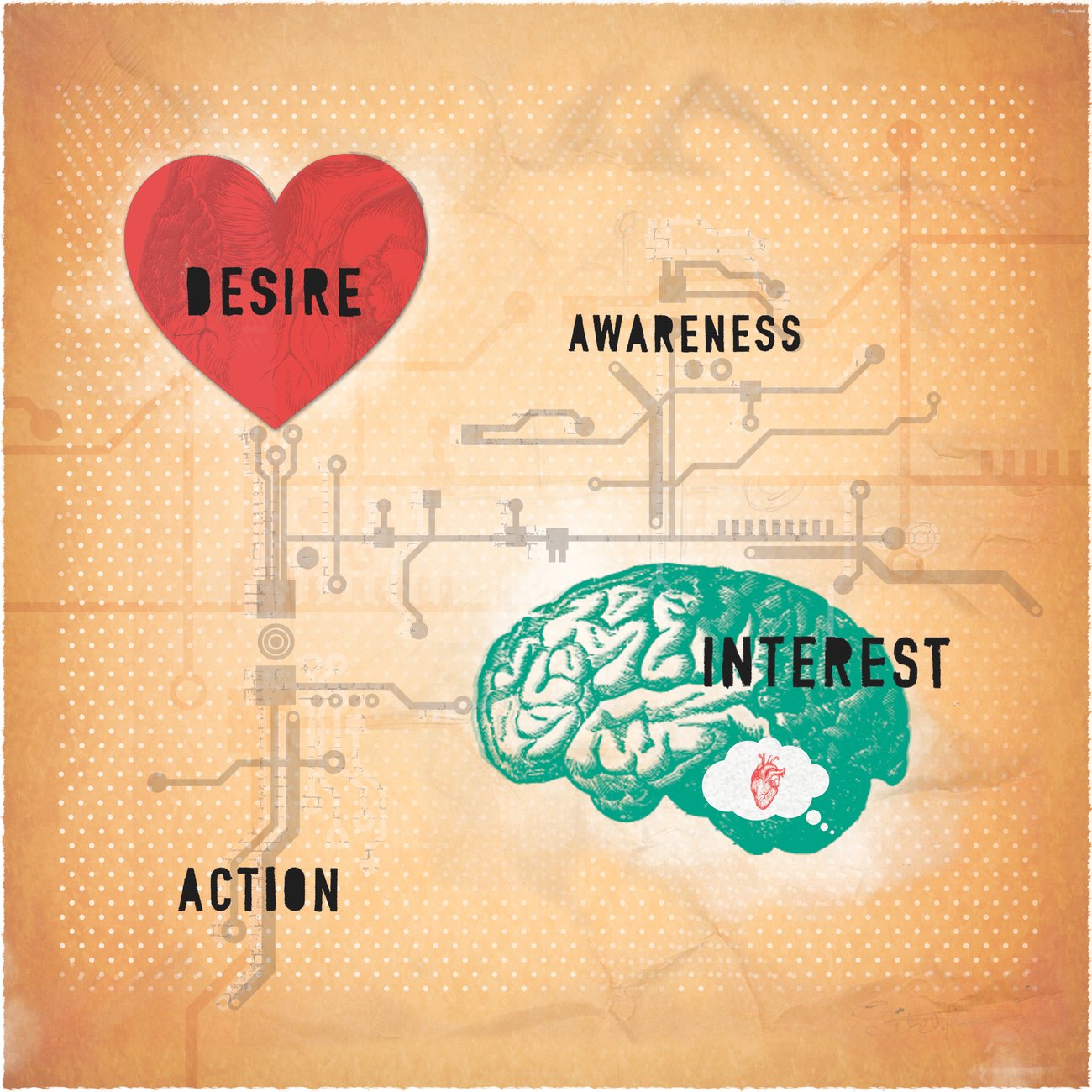Customers by design: How good design thinking impacts the bottom line

We often get approached with fantastic new product ideas and are asked to create a design for the product, its packaging and its marketing material. We love this type of work. Our work on projects like ecostore, Gravity Coffee, 1Above and in the early years of Icebreaker have shown us just how important design can be in positioning a product or idea and capturing the market. Many entrepreneurs understand that getting the brand story and design right will have a significant impact on how successful they’ll be.
But unfortunately many don’t. Way too often we see amazing ideas, where the company’s founders have spent years getting the product right, but have not invested enough money, and more importantly time, into the branding, packaging and marketing of that product.
Not surprisingly, creating a design that attracts audiences starts by understanding the audiences. We start with the basics – Who are they? What’s their motivation? How do they buy? What influences their decisions? Where do they get information from? What’s the buying process? What benefits and features do they value?
Design is subjective so it’s important to keep our audience profiling holistic, not just focusing on demographics, common actions, traits and behaviours, but understanding unifying ideas, perceptions, motivators and aspirations.
At the same time, it’s important to have the conversation from the other end. What does the business want? How do they want to position themselves and their product? What do they want audiences to do and feel? Why? How will the product be distributed? How will it be priced comparative to the market? How is the competition positioned?
The two ends come together to inform a story to be told in design. It starts with a tone of voice. Is it fun, serious, classic, modern, cutting edge, high-performance, natural, New Zealand, international, something else? The tone will inform the combination of colours, fonts, graphics and imagery styles that will help potential audiences make an immediate association. The design allows the brand qualities to be expressed, key product benefits and features to be emphasised, and allows audiences to quickly decide if this product meets their needs and value considerations.
Design is always about balancing hearts and minds, but product packaging goes one step further. You want people to see themselves in the product – will it make them feel younger, cooler, smarter, whatever is important to them? Designers also need to think about functional elements like proper labelling and consumer information, how it feels and performs when you hold it, how it stands, how it stores and how it bundles with other products.
When we designed the ecostore brand for supermarket entry, we were very clear about what the brand stood for and how that should manifest itself in the design. What made the challenge interesting was the competitive environment – mainstream household cleaning products – which all seemed to have loud visual identities. Our design thinking had to make ecostore feel different, but at the same time deliver real cut-through in a ‘noisy’ supermarket environment.
Product packaging is just one part of attracting customers. The sales process often starts way before the consumers find themselves in front of the product – and can continue way after. A design agency will look at how audiences become aware of your products and services and how this first experience can be enhanced to encourage an interest to learn more. It will look at how each experience reinforces the earlier ones and how the design can drive greater desire and action.
One thing we always say to new companies launching new products to markets is “think about what’s next”. Product extensions. New product lines. New markets. Think about where the business may go and future proof your branding to the extent you can. Design today for where it may go. Invest into building the equity into the overarching brand, not just the product. This will reduce the time and cost associated with launching future product initiatives and will aid future success, as new products benefit from positive associations with earlier products.
While I’ve focused on start up businesses with consumer products, the thinking is equally valid to established businesses, NGOs and B2B operators. Last year, we helped Government-owned science powerhouse ESR take a unique DNA testing product to a global business market. The execution was different but the approach to design thinking reflected much of the above.
Insight Creative is a design communication agency that has been helping businesses achieve their business goals for 40 years. They specialise in brand, digital, environmental experience, marketing and investor communications.

Steven Giannoulis is CEO & Strategy Director at Insight Creative. [email protected]




